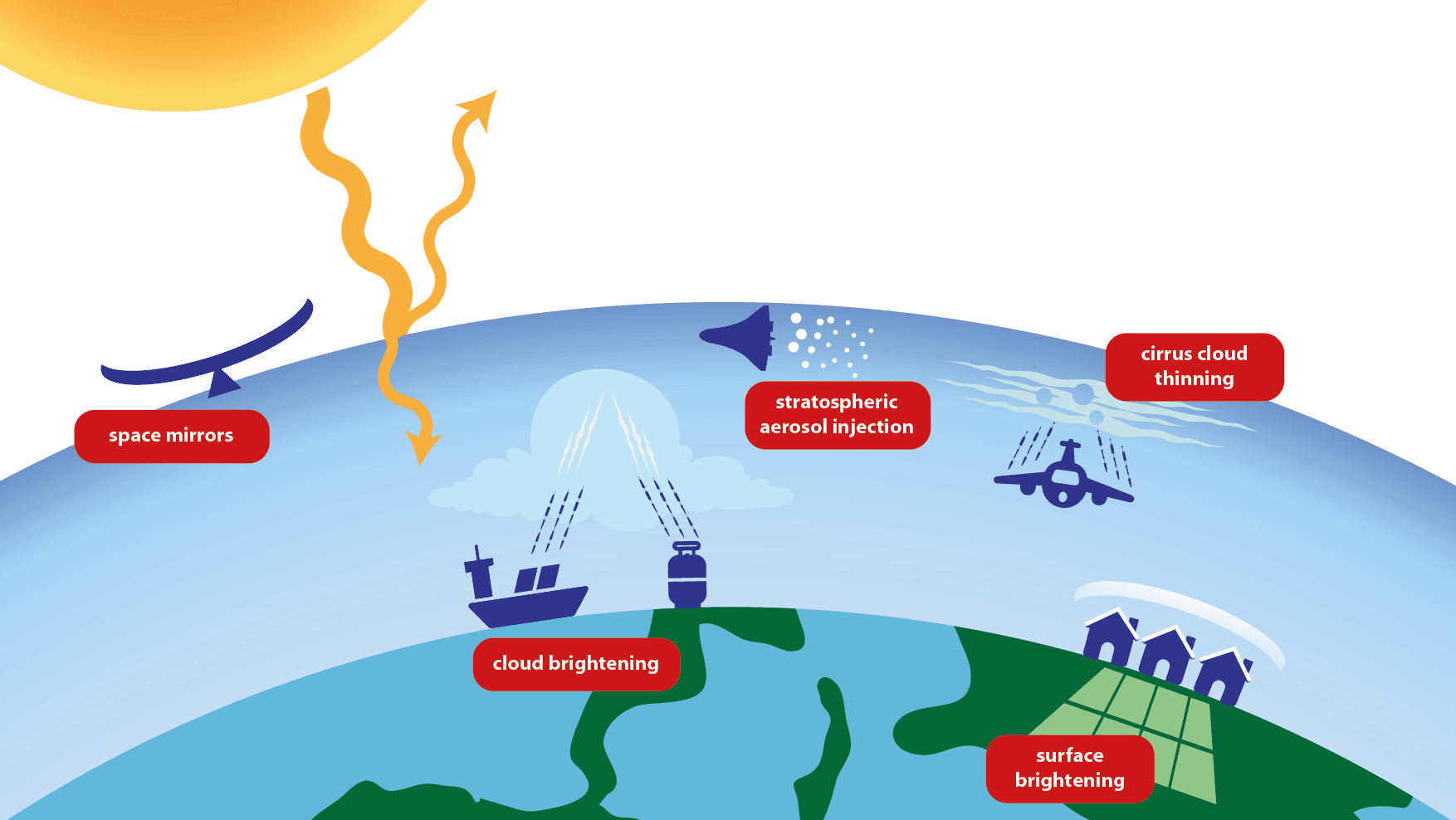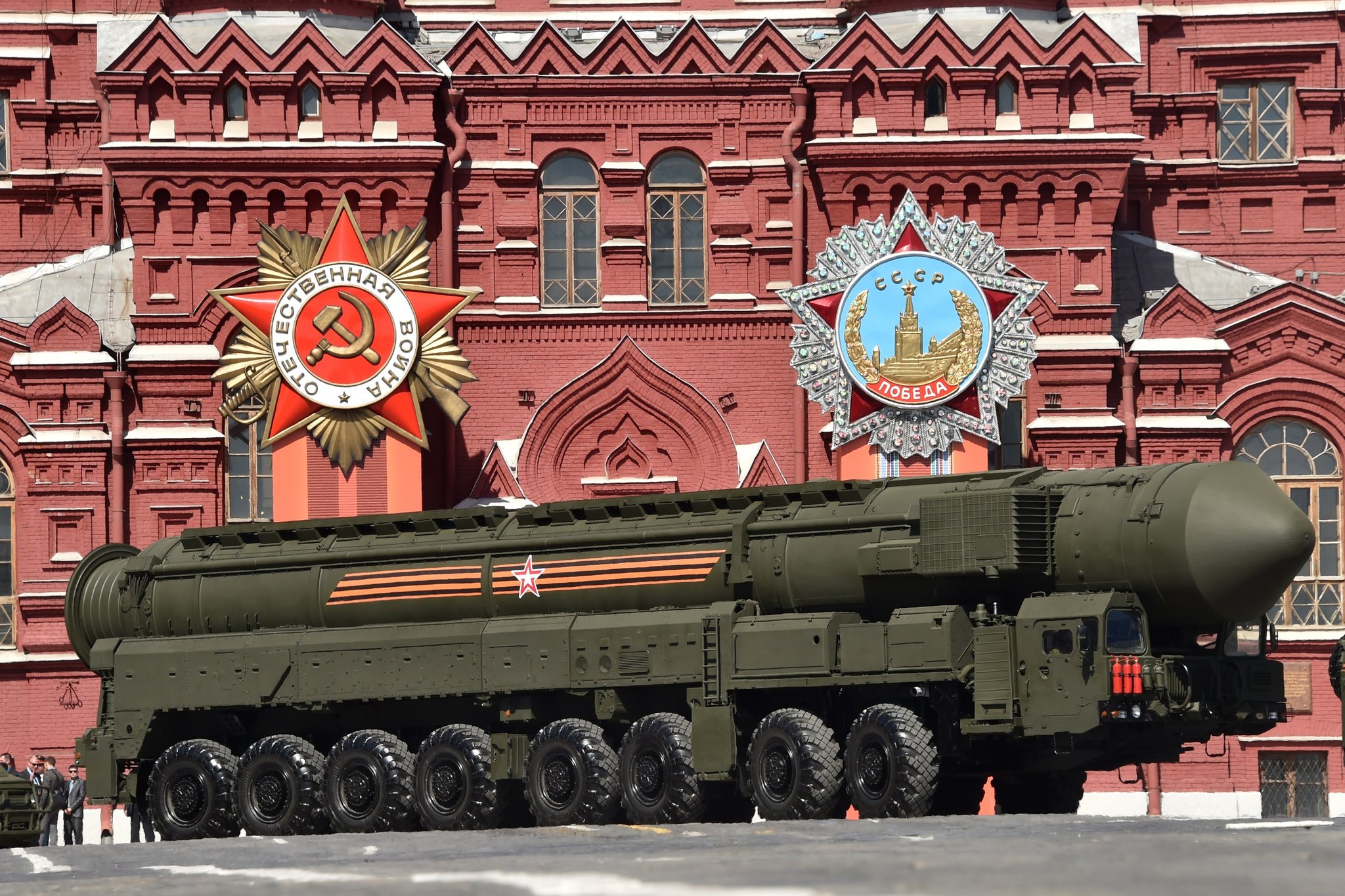GEOENGINEERING DEBATE MOVES CENTER STAGE AS HEAT RECORDS FALL

Testing the boundaries of climate intervention
Policymakers and scientists are giving fresh attention to sun-light management ideas—like marine cloud brightening and stratospheric aerosols—as heat records stack up and emissions cuts lag, the Wall Street Journal reports. Proponents argue small, tightly governed trials could temporarily cool extremes and buy time for adaptation and decarbonization. Skeptics warn about unknown side effects, uneven regional impacts on rainfall, and a moral hazard that might blunt the urgency to cut fossil fuels. The emerging consensus is not a green light for deployment but a push to research how to test, monitor and, crucially, shut down any experiment that misfires.
Backers cite examples where smaller interventions work: urban cool roofs, cloud seeding and nature’s own analogues, like volcanic eruptions that briefly lower global temperatures. Scaling up, however, would require international rules, liability frameworks and transparent data to avoid geopolitical tensions over who controls the “thermostat.” Even research flights can spark public backlash. The conversation is broadening to include carbon removal, heat-health early warnings, reflective surfaces and shade corridors that cut risk without global knock-on effects. The measure of success will be rigorous evidence and governance that keeps emissions cuts first, while treating geoengineering as contingency rather than cure-all.





















